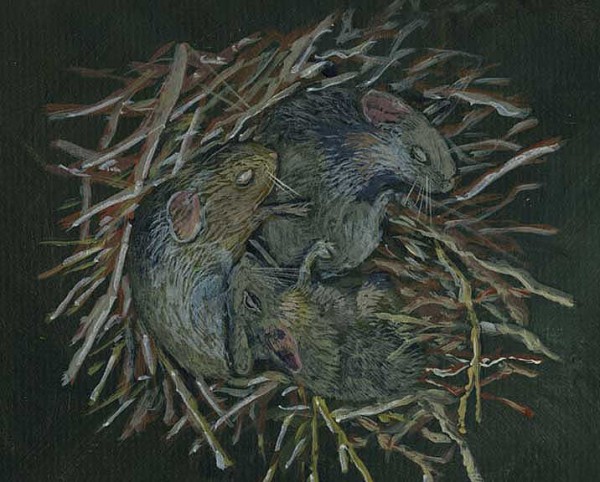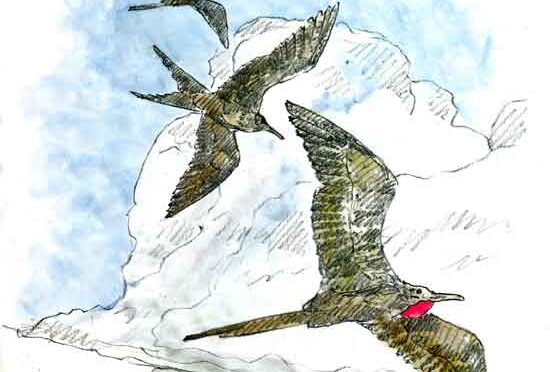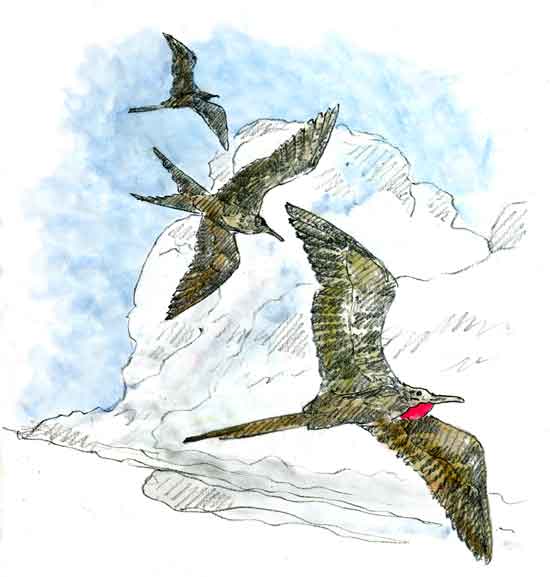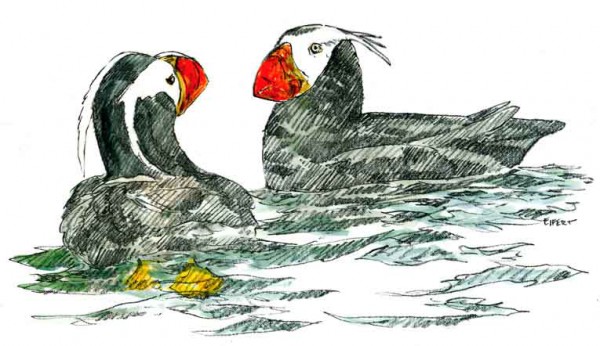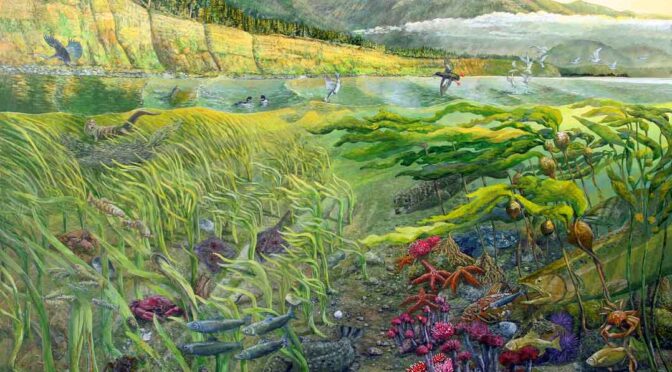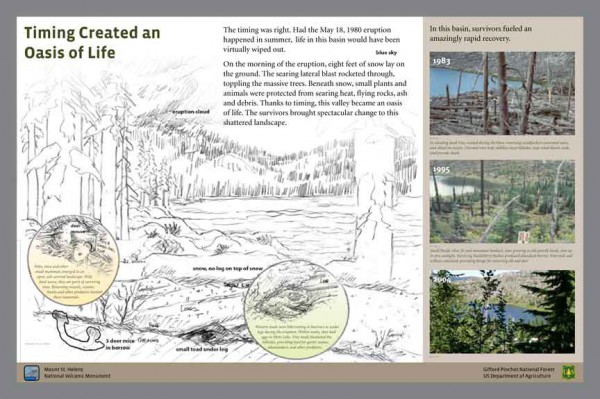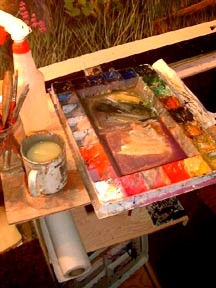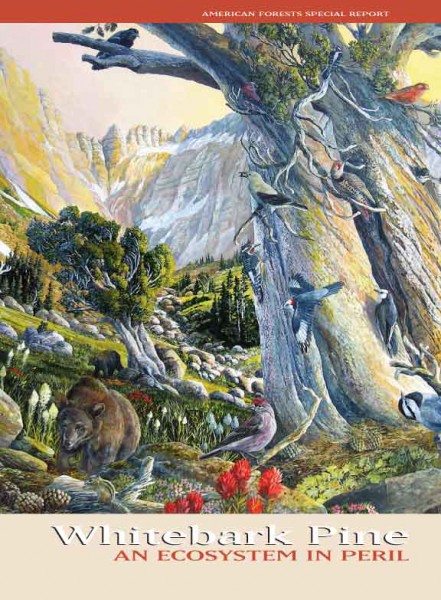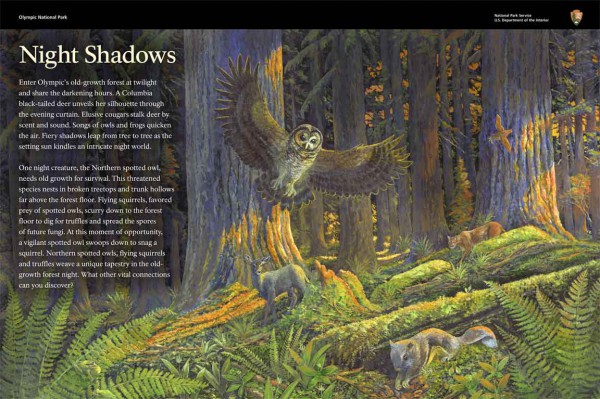He looks grumpy, but it’s just concentration flowing to that little tiny brush tip!
Click here for a much larger view on the website.
Far left side still isn’t finished, but we’re getting close. From right edge to the big tree is about 40 feet on the final 3x enlargement. I’m now beginning an entirely new painting equally as long while this section flies to Georgia today for scanning. After that it’ll return for me to finish the left side for that final 24 feet. We were fading a few days ago, but good friend Jan dropped by twice for some professional arm-twisting and muscle rubbing. I felt like a new man!
Thanks for reading this week.
Larry Eifert
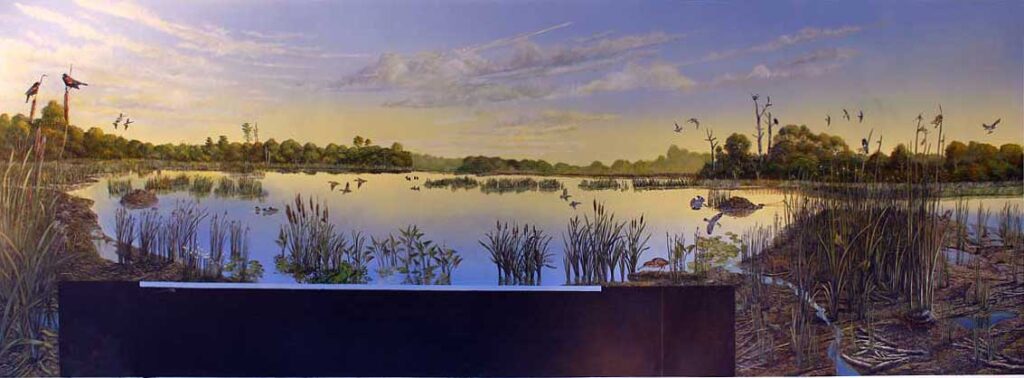
Click here to go to the online blog this was to.
Click here to go to our main website – packed with jigsaw puzzles, prints, interpretive portfolios and lots of other stuff.
Click here to check out what Nancy’s currently working on with her photography.





